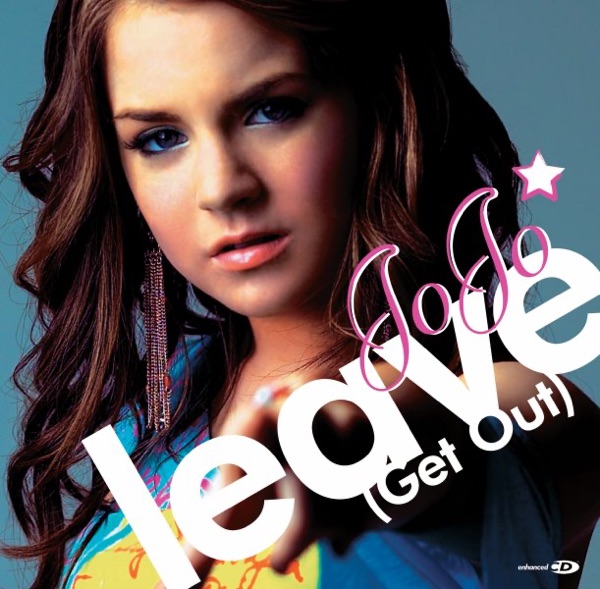
Ashdown Forest rangers are keeping a check on cattle grazing the Forest on their mobile phones
It's thanks to a new technology that uses GPS and the animals’ herding instinct. The “NoFence” system means that cattle can range freely over the Forest, until they are stopped in their tracks when they approach a virtual fence line.
The system was developed in Norway where it is impossible fence their vast tracts of land. Working with farmers, scientists developed a scheme that would enable boundaries to be created and altered without a single strand of wire of fence post with the cooperation of cattle! Ashdown Forest is among the first areas in the UK to work with this pioneering technology.
Ash Walmsley Ashdown Forest’s Countryside Manager explained: “Cattle are fitted with GPS collars powered by solar. The collars emit a sound that gets louder as the animal approaches a virtual boundary. If it continues a mild electrical pulse, less then a standard electric fence, persuades them to turn back. The cattle learn very quickly, meaning when changes are made to the virtual fence line the sound is usually all that is needed to turn them round and the herding instinct means the others will follow. It is a great way of working with the cattle’s natural behaviours and it means we can graze areas that weren’t previously possible to physically fence”
Cattle and other grazing animals are essential to the maintenance of the lowland heath – the habitat that is rarer than rainforest. The grazing action of the animals as they trample and tear up grasses creates conditions that are ideal for some rare plants and animals.
Ash added:“There are many advantages to this system. Reducing the amount of physical fencing means the views and vistas of the Forest are unaffected, and we have 24/7 sight of where the cattle are on our mobile phones. If we need to change the boundaries, we can do it quickly and remotely. It has been a fantastic addition to our conservation grazing here on the Forest.”
The “NoFence” system has enabled Forest Rangers to protect areas of land during the recent breeding season of ground nesting birds including the endangered nightjar.
Ash said: “This great mix of hi tech and natural instincts is helping to manage this precious landscape and maintaining access to everyone – and it is great to see visitors and school groups watch our bovine conservationists at work in a natural setting behind an invisible barrier!”
 Ashdown Radio Local Sport Review - Monday 31st March 2025
Ashdown Radio Local Sport Review - Monday 31st March 2025
 Grove Park School in Crowborough is set to expand
Grove Park School in Crowborough is set to expand
 Boy convicted of manslaughter of man fatally stabbed in Hailsham
Boy convicted of manslaughter of man fatally stabbed in Hailsham
 Sussex Police officer charged with controlling and coercive behaviour
Sussex Police officer charged with controlling and coercive behaviour
 Free entry for Mothers to Sussex Past heritage sites on Mother's Day
Free entry for Mothers to Sussex Past heritage sites on Mother's Day
 Wanted! Wildlife Champions to deliver ambitious Forest Project
Wanted! Wildlife Champions to deliver ambitious Forest Project
 Mims Davies MP reacts to Spring Statement 2025
Mims Davies MP reacts to Spring Statement 2025
 Sovereign Centre Confirms Fun Pool Opening Date After Take Over
Sovereign Centre Confirms Fun Pool Opening Date After Take Over






